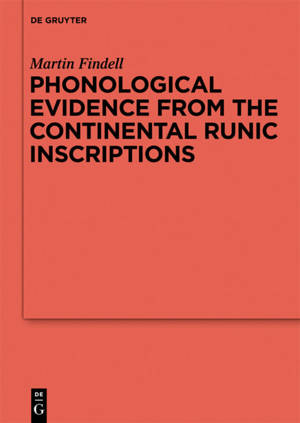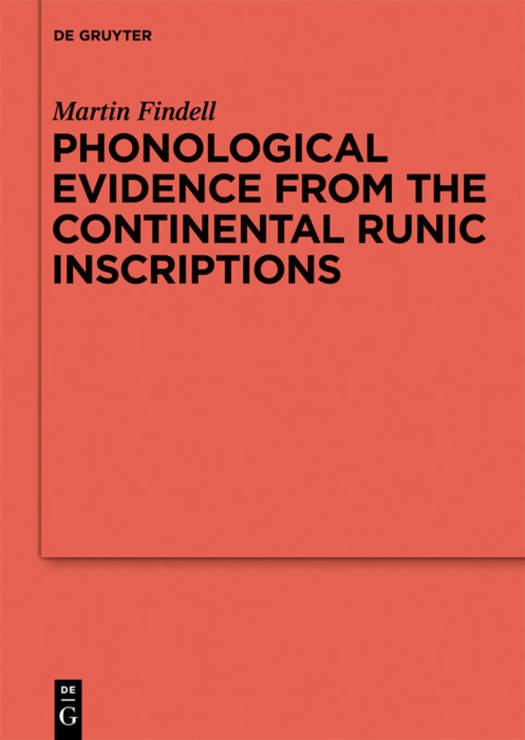
Door een staking bij bpost kan je online bestelling op dit moment iets langer onderweg zijn dan voorzien. Dringend iets nodig? Onze winkels ontvangen jou met open armen!
- Afhalen na 1 uur in een winkel met voorraad
- Gratis thuislevering in België vanaf € 30
- Ruim aanbod met 7 miljoen producten
Door een staking bij bpost kan je online bestelling op dit moment iets langer onderweg zijn dan voorzien. Dringend iets nodig? Onze winkels ontvangen jou met open armen!
- Afhalen na 1 uur in een winkel met voorraad
- Gratis thuislevering in België vanaf € 30
- Ruim aanbod met 7 miljoen producten
Zoeken
Omschrijving
The linguistic analysis of runic inscriptions on the Continent tends to focus on individual texts or on groups of texts seen as parallel. We can advance our understanding of the state of Continental Germanic dialects in the 5th-7th centuries by examining the evidence for the major sound changes in a larger dataset.
The study begins with a brief discussion of the Proto-Germanic phonemic system and the major processes by which the systems of Old High German (OHG) and Old Saxon (OS) develop from it. The main body of the work consists of the analysis of a corpus of 90 inscriptions (including, but not confined to, those conventionally labeled "South Germanic") for evidence of these changes. Rather than making the individual inscription the focus for analysis, the investigation groups together all possible witnesses to a particular phonological process.
In many respects, the data are found to be consistent with the anticipated developments of OHG and OS; but we encounter some problems which the existing models of the sound changes cannot account for. There is also some evidence for processes at work in the dialects of the inscriptions which are not attested in OHG or OS.
The study begins with a brief discussion of the Proto-Germanic phonemic system and the major processes by which the systems of Old High German (OHG) and Old Saxon (OS) develop from it. The main body of the work consists of the analysis of a corpus of 90 inscriptions (including, but not confined to, those conventionally labeled "South Germanic") for evidence of these changes. Rather than making the individual inscription the focus for analysis, the investigation groups together all possible witnesses to a particular phonological process.
In many respects, the data are found to be consistent with the anticipated developments of OHG and OS; but we encounter some problems which the existing models of the sound changes cannot account for. There is also some evidence for processes at work in the dialects of the inscriptions which are not attested in OHG or OS.
Specificaties
Betrokkenen
- Auteur(s):
- Uitgeverij:
Inhoud
- Aantal bladzijden:
- 557
- Taal:
- Engels
- Reeks:
- Reeksnummer:
- nr. 79
Eigenschappen
- Productcode (EAN):
- 9783110259346
- Verschijningsdatum:
- 14/09/2012
- Uitvoering:
- Hardcover
- Formaat:
- Genaaid
- Afmetingen:
- 170 mm x 244 mm
- Gewicht:
- 1084 g

Alleen bij Standaard Boekhandel
+ 425 punten op je klantenkaart van Standaard Boekhandel
Beoordelingen
We publiceren alleen reviews die voldoen aan de voorwaarden voor reviews. Bekijk onze voorwaarden voor reviews.











